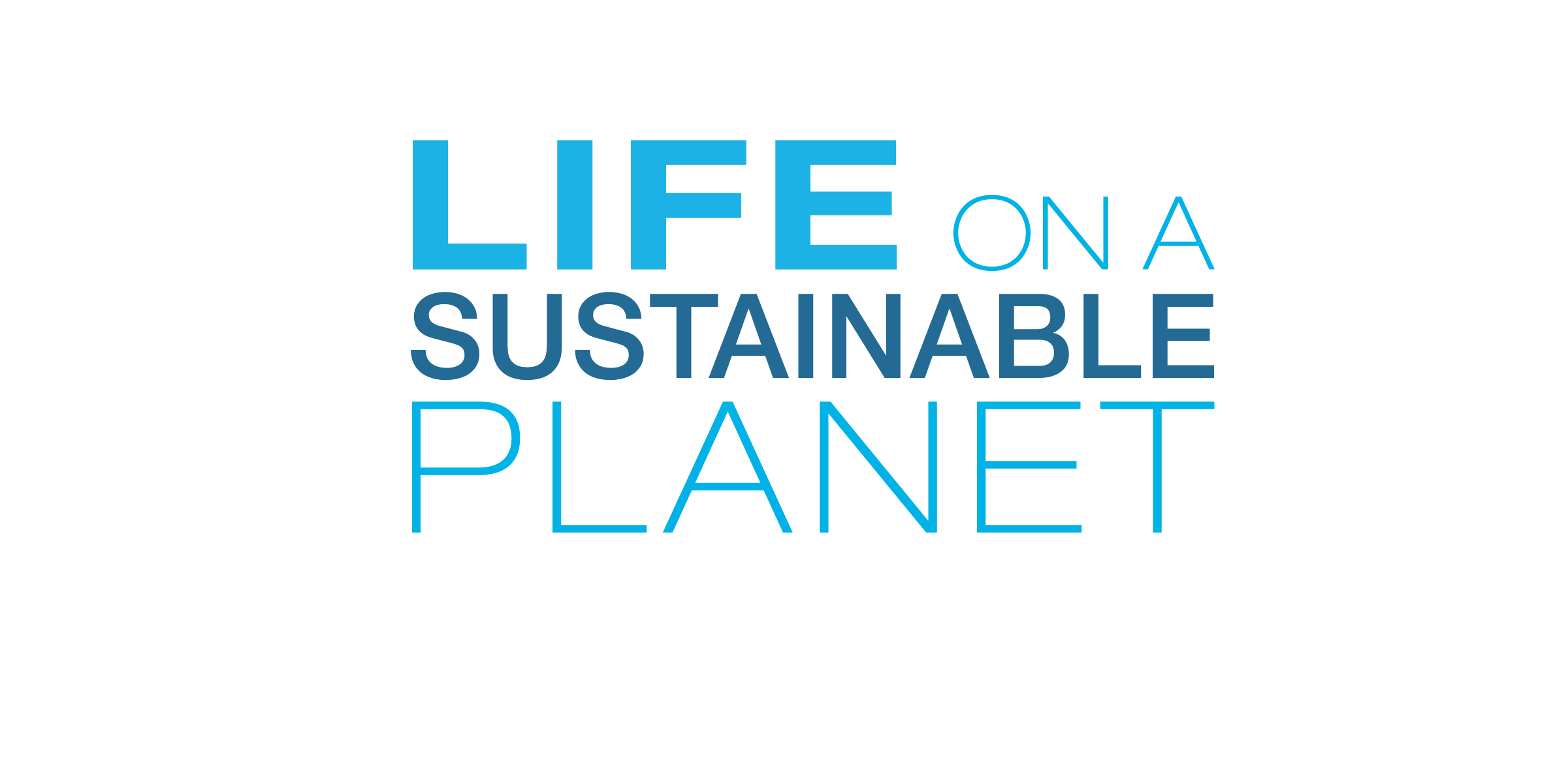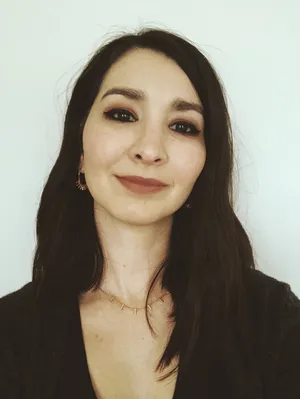Thinking Globally from a Classroom in France
David Dussort and his Seconde 6 students at Sainte Marie Bastide High School in Bordeaux, France, participated in the U.S. Embassy in Paris and Smithsonian’s cross-cultural program #SmithsonianInFrance. Learn more about their experience and how the lessons have shaped their way of thinking globally and acting locally.
:focal(1632x1228:1633x1229)/https://tf-cmsv2-smithsonianmag-media.s3.amazonaws.com/filer_public/d7/9f/d79fdbbf-c912-4ee9-9125-927fc6099c13/image.jpeg)
Can you describe your participation in the #SmithsonianInFrance program and tell us about a few highlights?
Participating in the Smithsonian France program is an exceptional adventure. I speak of adventure because the students understood very quickly that the work we were going to do would last several years, and that it was above all a commitment to a fight for the defense of values that we share.
From the first session, I asked the students a question: Which world do you want to inherit? Which world do you want your children to inherit?
The sessions and the work between sessions were very stimulating: the students really enjoyed preparing the Identity Mapping, the personal SWOT, and they loved the Ecological Footprint. All the sessions symbolized a highlight, but the Captstone project will remain The Highlight even if the covid-19 did not allow us to participate. However, we plan to continue our reflection.
The students had the feeling of building a solid project because of the steps month after month. They had time to prepare, to discuss it with their family as well as with their classmates in high school.
We have all had the feeling of ingraining principles of life to apply in our life in high school on the one hand, and in life outside of high school.
In what ways did this program encourage students to become more engaged with the important issues discussed, such as inclusivity and sustainability?
This program encouraged students to get involved in important issues through the pre-session program: the simple assignments that were required at each stage were in fact a means of drawing their attention to a specific and fundamental aspect of the process. They understood step by step the importance not only of individual action, because everyone had to prepare their project, and also collective because these projects only made sense once associated with each other. This project was built with great intelligence so that students become aware of the need and the strength of collective action.
What activities are the students currently undertaking in their own communities or daily lives because of this program? What changes have they made in their behavior as a result of their participation?
We had the idea of a first action within our educational community: To propose at the start of the school year in September 2022 the Ecological Footprint to each student from the High, Middle and Elementary School. The second idea is to distribute it to neighboring high schools, then to as many people as possible in Bordeaux. This is our challenge for September 2022.
Today, the students have undertaken to prepare within the school to make students aware of this imprint so that it will be familiar within a few weeks.
The changes made can be read every day in their daily lives, and specially for the lunch time. They are much more attentive to waste. Everyone thinks about their footprint on a daily basis.
How did your students most benefit from connecting with students across France and in the US?
The connection with students in the United States has been stimulating. They greatly appreciated the film made by the American students to present their city and their environment.
Finally, where do you see the lessons learned from the program guiding you both for the future?
The program is, in my opinion, the starting point of an action to be continued and carried out over several years. This colossal work carried out by the Smithsonian Institution and the U.S Embassy in Paris must be honored and continued by involving future generations in the path that has been traced.

